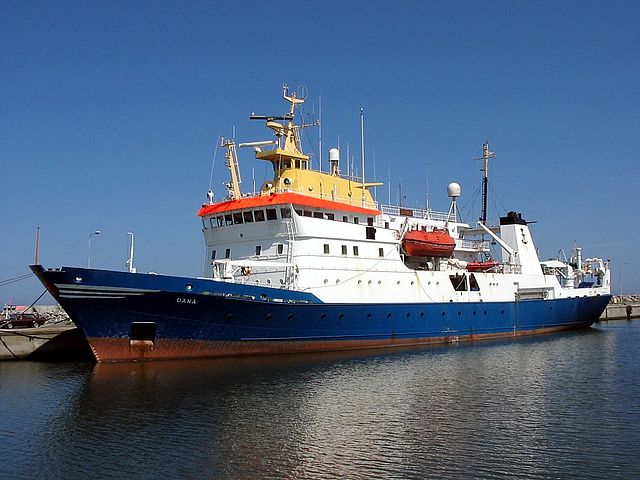Top Qs
Timeline
Chat
Perspective
Fisheries science
Academic discipline of managing and understanding fisheries From Wikipedia, the free encyclopedia
Remove ads
Fisheries science is the academic discipline of managing and understanding fisheries.[1] It is a multidisciplinary science, which draws on the disciplines of limnology, oceanography, freshwater biology, marine biology, meteorology, conservation, ecology, population dynamics, economics, statistics, decision analysis, management, and many others in an attempt to provide an integrated picture of fisheries.[2][3] In some cases new disciplines have emerged, as in the case of bioeconomics and fisheries law. Because fisheries science is such an all-encompassing field, fisheries scientists often use methods from a broad array of academic disciplines.[4][5] Over the most recent several decades, there have been declines in fish stocks (populations) in many regions along with increasing concern about the impact of intensive fishing on marine and freshwater biodiversity.[6]

The 78-metre (256-foot) Danish fisheries research vessel Dana.
Fisheries science is typically taught in a university setting, and can be the focus of an undergraduate, master's or Ph.D. program. Some universities offer fully integrated programs in fisheries science. Graduates of university fisheries programs typically find employment as scientists, fisheries managers of both recreational and commercial fisheries, researchers, aquaculturists, educators, environmental consultants and planners, conservation officers, and many others.[7]
Remove ads
Fisheries research
Because fisheries take place in a diverse set of aquatic environments (i.e., high seas, coastal areas, large and small rivers, and lakes of all sizes), research requires different sampling equipment, tools, and techniques. For example, studying trout populations inhabiting mountain lakes requires a very different set of sampling tools than, say, studying salmon in the high seas. Ocean fisheries research vessels (FRVs) often require platforms which are capable of towing different types of fishing nets, collecting plankton or water samples from a range of depths, and carrying acoustic fish-finding equipment. Fisheries research vessels are often designed and built along the same lines as a large fishing vessel, but with space given over to laboratories and equipment storage, as opposed to storage of the catch. In addition to a diverse set of sampling gear, fisheries scientists often use scientific techniques from many different professional disciplines.[8]
Other important areas of fisheries research are population dynamics,[9] economics,[10] social studies [11] and genetics.[12]
Remove ads
Notable contributors
Summarize
Perspective
Members of this list meet one or more of the following criteria: 1) Author of widely cited peer-reviewed articles on fisheries, 2) Author of major reference work in fisheries, 3) Founder of major fisheries journal, museum or other related organisation 4) Person most notable for other reasons who has also worked in fisheries science.
Remove ads
Journals
Some journals about fisheries are
- Journal of Fisheries
- Fishery Bulletin
- Fisheries Oceanography Archived 2008-07-14 at the Wayback Machine
- Journal of the Fisheries Research Board
- Canadian Journal of Fisheries and Aquatic Sciences[29]
- Transactions of the American Fisheries Society
- Fisheries Management and Ecology Archived 2008-06-12 at the Wayback Machine
- Fish and Fisheries Archived 2008-06-03 at the Wayback Machine
- Journal of Fish Biology Archived 2008-10-07 at the Wayback Machine
- Journal of Northwest Atlantic Fishery Science
- Journal of Fisheries and Aquatic Sciences
- The Open Fish Science Journal
- African Journal of Tropical Hydrobiology and Fisheries
- ICES Journal of Marine Science
- Reviews in Fisheries Science
Professional societies
See also
- Aquaculture – Farming of aquatic organisms
- Fisheries management – Regulation of fishing
- International Council for the Exploration of the Sea – Intergovernmental science organization
- Fisheries Law – Regulations regarding fishing activities
- The Fisheries Law Centre
Categories:
Notes
References
External links
Wikiwand - on
Seamless Wikipedia browsing. On steroids.
Remove ads







